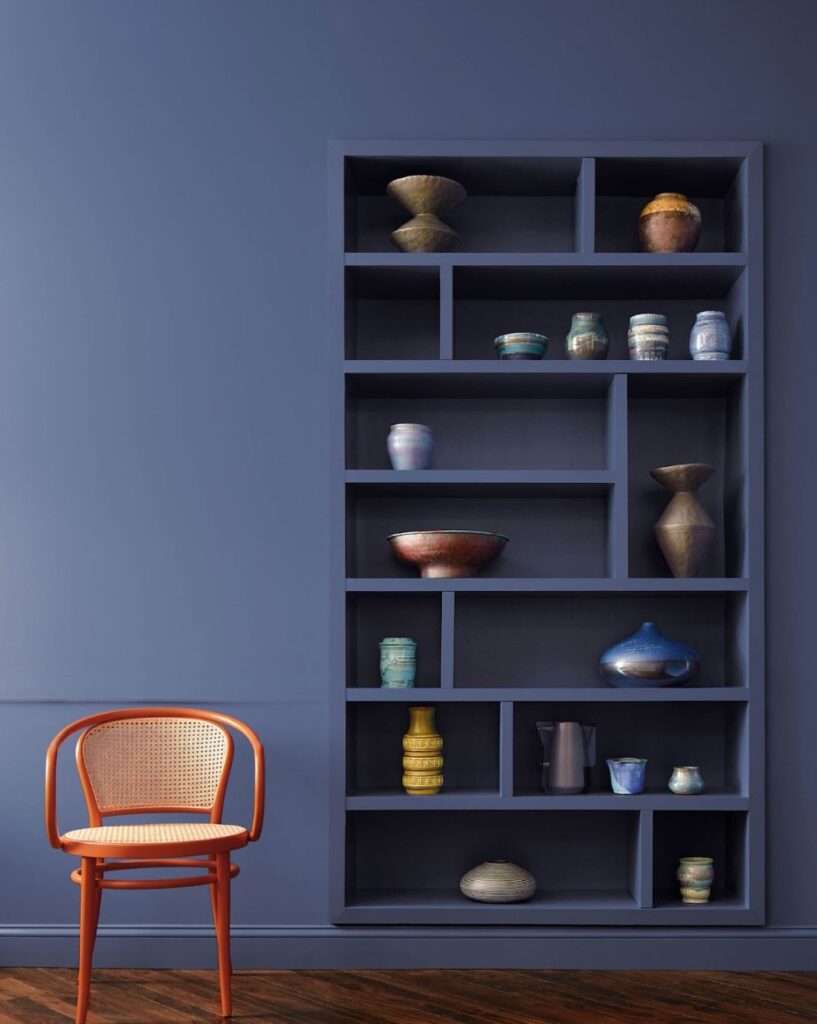Is it time for a living room refresh? If you’re feeling overwhelmed by the sheer number of options and need help figuring out where to start, why not use images as inspiration for your living room renovation? Trust me; it’s a game-changer.
Find inspiration
Before you roll up your sleeves and start swinging that paintbrush, you’ll want to gather some inspiration. Thankfully, the digital age has made it easier than ever to find design ideas. Here are some sources to explore:
Read More





